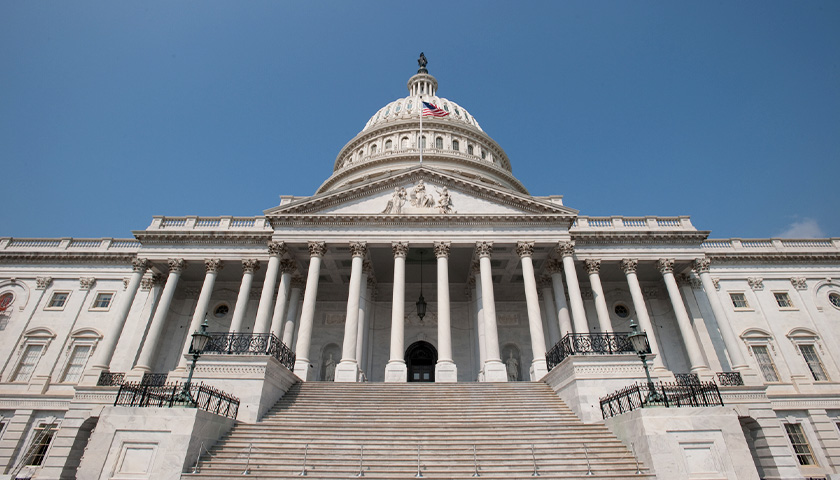by Jon Styf
Tennessee’s financial position improved again over the past year, as the state’s combined ending fund balance was $23.9 billion, up $4.8 billion from the year before in the recently released Annual Comprehensive Financial Report.
That’s after the state’s balances increased by $5.4 billion in the year that ended June 30, 2022.
Tennessee entered the 2023-24 financial year with a $20.5 billion spendable unrestricted fund balance available for spending at the government’s discretion or upon legislative approval. Of that, $1.8 billion was set aside for a rainy-day fund.
“The majority of this increase is derived from increases in cash and capital assets of $6.4 billion which is partially offset by a $1.7 billion increase in liabilities and a $1.6 billion decrease in deferred inflows of resources,” the report says.
The 281-page report notes, “[T]he largest portion of the state’s net position (56.9 percent) reflects its net investment in capital assets (e.g., land, infrastructure, structures and improvements, machinery and equipment, right-to-use assets, construction in progress and software in development), less any related debt and deferred outflows of resources used to acquire those assets that is still outstanding. The state uses these capital assets to provide services to its citizens; consequently, these assets are not available for future spending. Although the state’s investment in its capital assets is reported net of related debt, it should be noted that the resources needed to repay this debt must be provided from other sources, since the capital assets themselves cannot be used to liquidate these liabilities. An additional portion of the state’s net position (6 percent) is restricted and represents resources that are subject to either external restrictions or legislative restrictions on how they may be used. The remaining balance is unrestricted net position ($22.6 billion) and may be used to meet the state’s ongoing obligations to citizens and creditors not funded by resources that are restricted. Primarily as a result of near high operating grants and contributions, unrestricted net position increased by $6 billion (36.5 percent).”
Overall, Tennessee’s general obligation bonds and commercial paper debt went down $194.6 million during the financial year and now totals $1.6 billion.
– – –
Jon Styf is a staff reporter at The Center Square.
Photo “Tennessee State Capitol” by Tennessee State Capitol.






“The state uses these capital assets to provide services to its citizens”
There are so many people who literally get nothing or use nothing from government except for the roads.
I’d like to have a lot less of my money taken (taxation is theft) and dolled out through “services.”
Amazing how the clowns in the state government take our money then brag about it. I think levelheaded has the right idea here. But… they will probably give the economic “development” morons a bigger slush fund to piss away in 2024.
Well… then it’s time for 30% raises for Commissioners and Governor’s staff!
Here’s an idea:
Pay off the $1.6B debt obligations and give the money back by cutting a responsible check directly to the citizens of TN (leaving a reasonable amount for the rainy-day fund).
A check of about $1500 could be sent to every person in TN and still leave $10B in the bank.
(It is our money, it would not be a “government handout”).